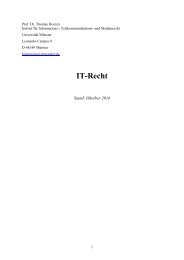3d4yVkKMl
3d4yVkKMl
3d4yVkKMl
You also want an ePaper? Increase the reach of your titles
YUMPU automatically turns print PDFs into web optimized ePapers that Google loves.
- 54 -<br />
addition to the problems specific to the decision to take fin whales, as noted in the preceding<br />
paragraph, are important to the Court’s assessment of whether the overall design of JARPA II is<br />
reasonable in relation to the programme’s objectives, because Japan connects the minke whale<br />
sample size (discussed below) to the ecosystem research and multi-species competition objectives<br />
that, in turn, are premised on the lethal sampling of fin and humpback whales.<br />
(2) Antarctic minke whales<br />
182. The Court turns next to the design of the sample size for Antarctic minke whales in<br />
JARPA II. The JARPA II Research Plan indicates that the overall sample size for minke whales<br />
was chosen following Japan’s calculation of the minimum sample size for a number of different<br />
research items, including age at sexual maturity, apparent pregnancy rate, blubber thickness,<br />
contaminant levels, mixing patterns between different stocks, and population trends. The plan<br />
further states that for most parameters “the sample sizes calculated were in a range of<br />
800-1,000 animals with more than 800 being desirable”. Japan describes the process that it<br />
followed to determine the overall sample size for minke whales with reference to the following<br />
illustration that appears as Figure 5-4 in its Counter-Memorial:<br />
Figure 5-4: “Necessary annual sample sizes for respective research items under JARPA II,<br />
which was calculated by the established statistical procedures (source: Institute of Cetacean<br />
Research).”<br />
(Source: Counter-Memorial of Japan, Vol. I, p. 261.)



